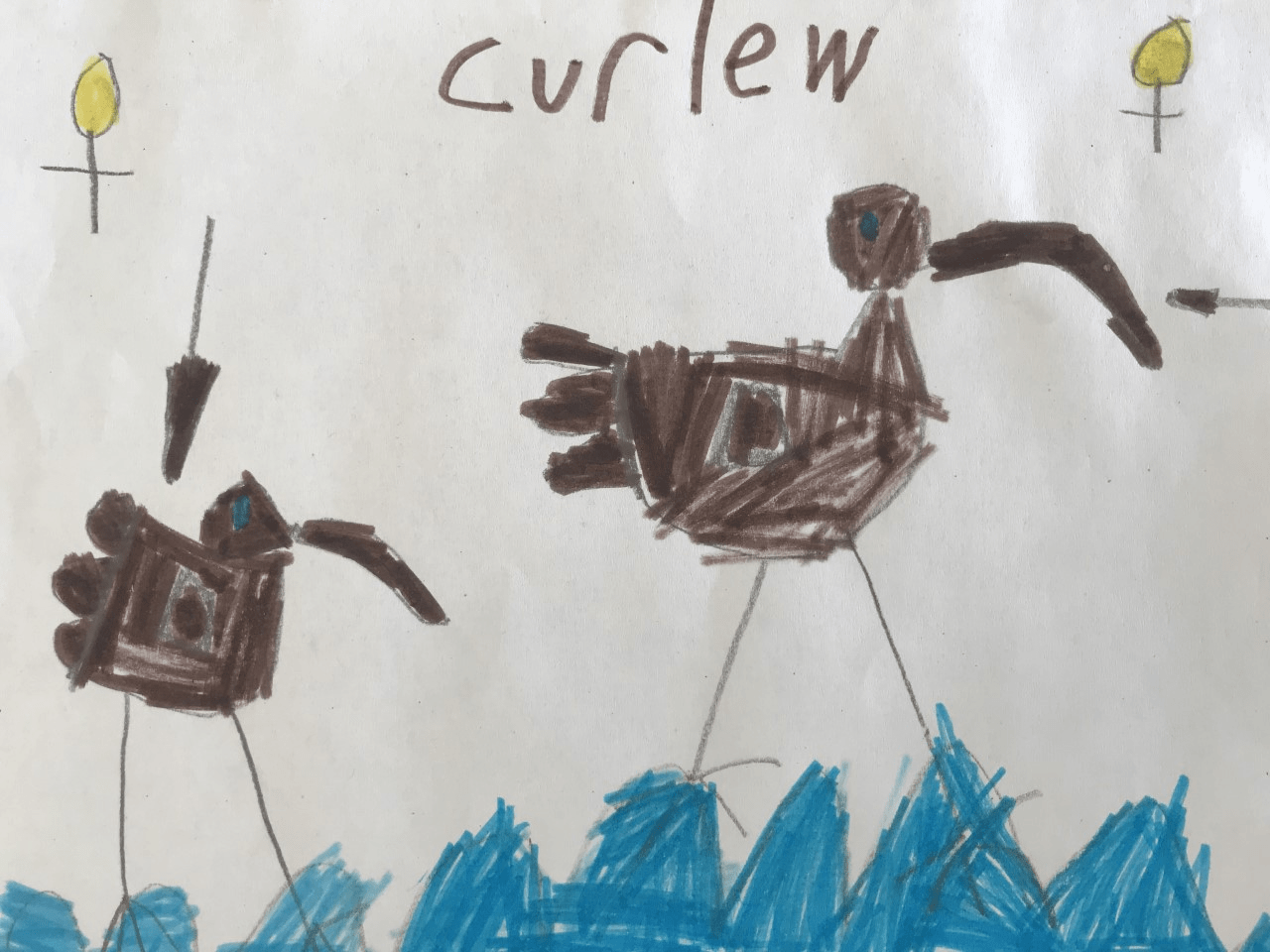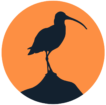Photo by Ben Wicks, Unsplash
“If we care about our common future, and the common future of our descendants, we should all, in part, be naturalists” - Professor Dasgupta
overview of the project
Curlew Action wants to rekindle that intrinsic love for nature that we all harbour, not only because it is a source of joy and wonder, but because we cannot protect wildlife that we do not understand and value. Once that understanding and value for nature is created, it stays with us throughout our life and can have profound impact on the decisions we make. Despite our size, the UK is of international importance for wading birds, our coastlines are a haven for many species of birds during the winter months and 25% of the global population of Eurasian curlew rely on our shores. Having a population of engaged nature lovers is vital for the continued protection of species and habitats across the UK.
This project will work with clusters of primary schools around the UK to teach them about curlews and their plight. The children will research curlews in their area, visit curlew habitat, learn to identify curlews and other more common shore birds, create curlew artwork and report to the Curlew Action team about their research.
The curlew, with its brown and white plumage and nervous, flighty tendencies, might seem a strange entry point for young people into the world of conservation, but there are few creatures that represent so much. Their haunting call is part of the soul of Britain’s countryside, and it is rapidly fading. Many great writers, artists, musicians and poets across the ages have been inspired by the sound of curlews, to lose them is to lose so much more than another species. The cultural loss would be immense, but the biological impact spreads further. Curlews are a bioindicator species, which means they represent the overall health of the landscape, so by protecting curlews we protect many other species too. Curlew conservation benefits other ground nesting birds such as lapwing, snipe and redshank, soils, wildflowers and insects too.
Engaging young people with curlews will help cultivate their inner naturalist, something Professor Dasgupta made a plea for in his government instigated report on the connection between biodiversity and the economy, published in February 2021. The section on education was based on work commissioned from Mary Colwell by Professor Dasgupta.
Curlews are a fun shape for kids, and make them easy to identify and draw and we have already received some wonderful curlew art from young curlew enthusiasts.
Below is an article written by Mary Colwell about the importance of teaching young people about nature.

Drawing by Sabria, 5

Drawing by Rowan Moore, 5
goals of the project
- Connect primary school children with curlews and British nature
- Give young people more opportunity to be outside exploring nature
- Engage the wider community with curlew conservation: teachers, parents
- Longer-term goal: engage inner city children with curlew conservation and give them the chance to visit curlew habitat



Supporters
We would like to thank Steph Smith for helping us to develop this project. Thank you to Wader Quest for funding a nest camera and electric fence that we will be using next breeding season to protect a pair of nesting curlews and monitoring their breeding attempt. The footage will be live on YouTube and will be watched and reported on by the young people.

Can you support this project?
We are looking to expand this project and bring in more schools and volunteers to help this project grow. If you know of a primary school that might be interested in becoming a part of our network or if you would like to volunteer as a supporter or bird expert please get in touch with Ellen, ellen@curlewaction.org

Photo from Curlew Country's Curlew Cam

